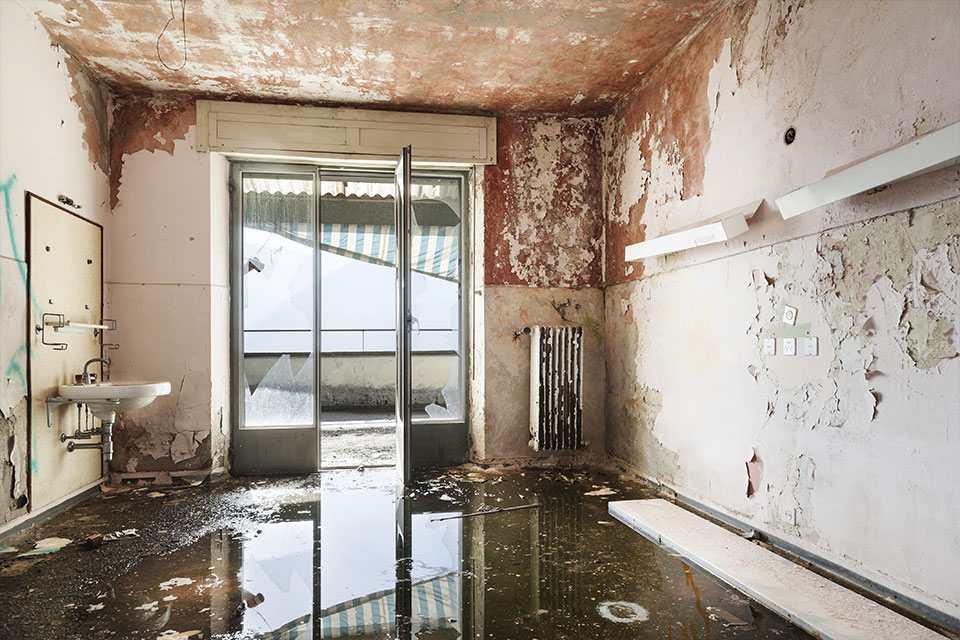Chubb Insurance offers up five tips.
1. Inspect Plumbing Lines/Systems.
- Check for plumbing fixtures located on exterior walls of the home. Plumbing that runs through an outside wall to supply a tub or sink is prone to freezing, and pipes may burst in cold climates.
- Make sure there are water-pans under washing machines, hot water heaters, air conditioning units and water-bearing appliances located in or above finished living areas.
- Conduct visual inspections to check for corrosion around pipe connections.
- Check under sinks for leaks and signs of water.
2. Check the Basement and Mechanical Equipment.
- Hot water heaters have a 10- to 13-year life span. The manufacturer’s date is located on a date stamp or by identifying the first four characters of the serial number (month and year).
- Look for a water pan under the hot water heater (especially if located in a finished area) that will prevent any leak from effecting finished areas.
- Sump pumps need regular maintenance and testing to ensure optimal operation. Test the sump pump by pouring five gallons of water in the sump hole.
- Look for battery backup for the sump pump to ensure that it will continue to operate in case of a power outage.
- Look for water stains on basement walls and floors.
- Look for pipe insulation in unheated areas.
- Conduct a visual inspection of the HVAC system. A tag or sticker should indicate dates of recent service performed.
3. Observe the “Details” of Interior Maintenance.
- Inspect the caulking around bathroom fixtures. Missing or loose caulk can lead to water seepage.
- Assess the condition of grout in tile. Look for missing grout or signs of mold.
- Look for water stains on ceilings, walls and floors. Shining a bright light against walls will show imperfections that paint has covered.
- Check the heating system filter to see if it is present and clean.
- Look for cracks in drywall, especially around doors and windows.
- Look inside sinks for staining as a sign of leaky faucets.
4. Look for Points of Exterior Water Intrusion.
- Visually inspect the roof for worn or curled shingles.
- Gutters/downspouts should be clear of debris. Water from downspouts should flow away from the foundation.
- Look for deterioration of sills and moldings around windows and doors.
- Look for rust and corrosion around the chimney cap.
5. Assess the Landscaping and Slope of the Property Around the Home.
- The house should be located on the highest point of the land with ground sloping away from the house.
- The soil directly against the house should slope away from the foundation.
- Look for open exposure on the wind-facing side of the house. Plumbing on this outside wall is most prone to freezing.
- Bushes and shrubs should be at least 18 to 24 inches away from the house to allow for adequate
ventilation.



